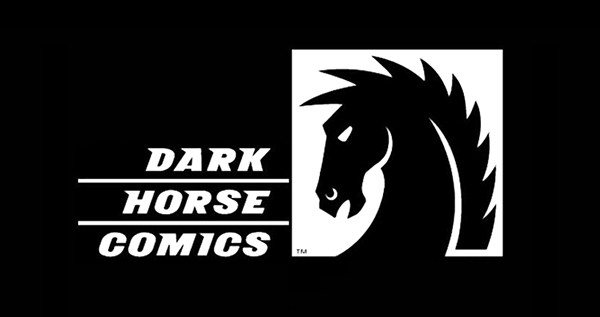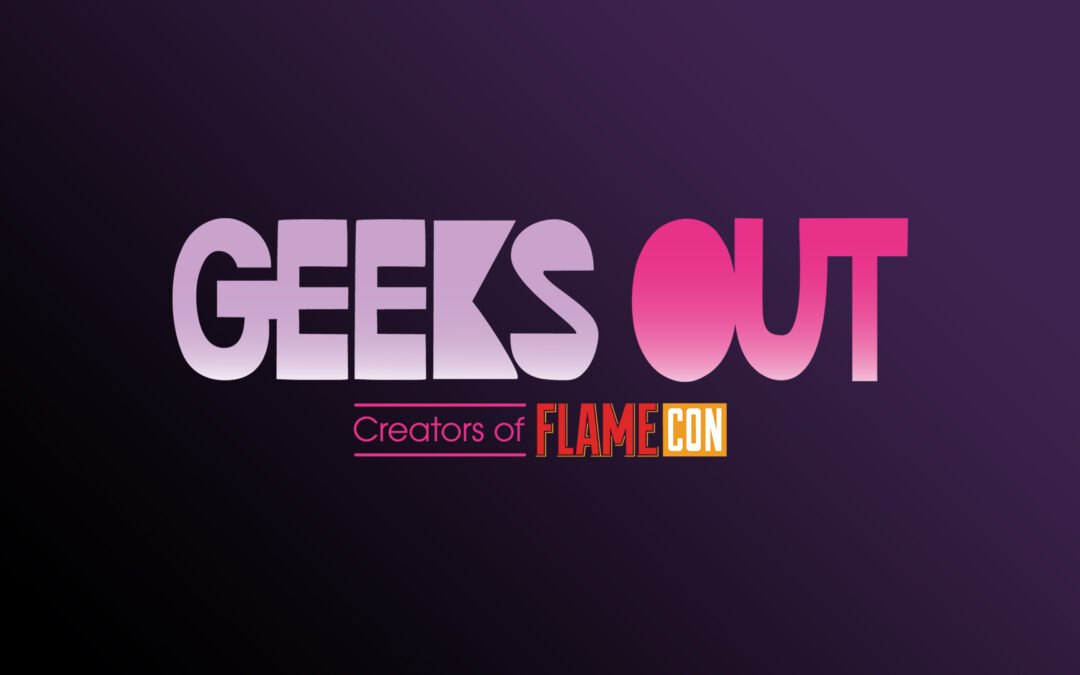
by Chris Allo | Aug 22, 2020 | Blog
For this installment of the Geeks OUT Comics LGBTQ spotlight we’re going to switch it up and speak with someone on the editorial side of comics, Konner Knudsen Chris Allo: What drew you into wanting to work in the comics industry? What was the first comic or OGN...

by Geeks OUT | Apr 20, 2019 | Blog
When I finally went to college, I suddenly realized that I could pretty much do whatever I want since my parents weren’t around to tell me otherwise. This mostly translated into eating whatever I wanted, whenever I wanted, and as much as I wanted. Two semesters and...

by Geeks OUT | Oct 11, 2017 | Blog
Image courtesy of Gizmodo Daniel Dae Kim will play Ben Daimio in the third Hellboy film, Hellboy: Rise of the Blood Queen, a role previously offered to obviously white actor Ed Skrein. To Skrein’s credit, he turned down the role, saying, in part, “[R]epresenting...




